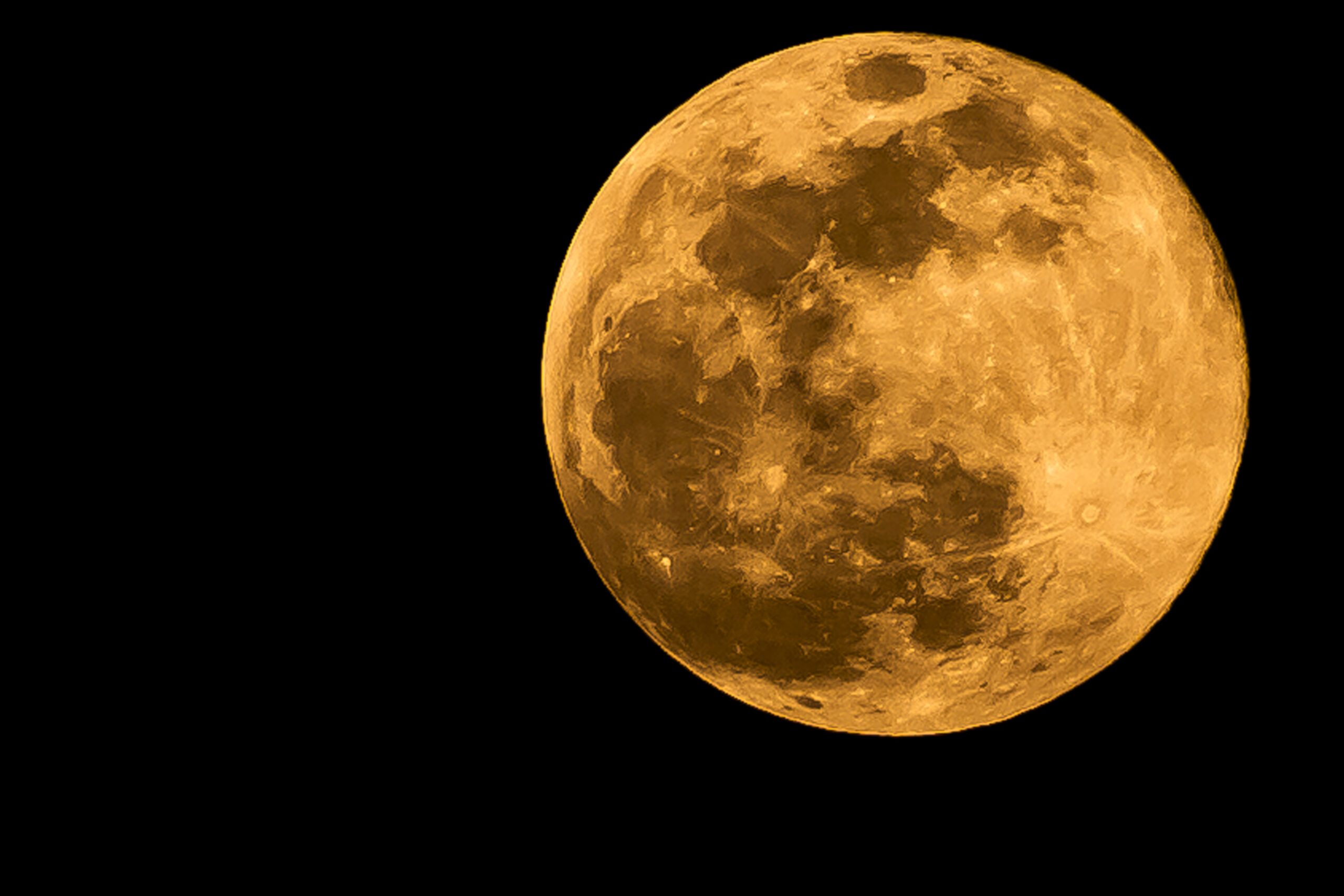
ST. GEORGE — Celestial gazers will get a rare treat as the “Strawberry Moon,” the lowest supermoon and the last one of the year – will make a three-day appearance starting Thursday night.

On the heels of two back-to-back eclipses and Summer Solstice, June’s full moon is best known as the Strawberry Moon, and it is also a marginal supermoon, so it will be roughly 7% bigger and 15% brighter than a normal moon, according to NASA.
In Southern Utah, the Strawberry Supermoon will appear full for about three days starting early Thursday morning through early Saturday morning. After finding a spot with an unobstructed view of the southeastern horizon, skywatchers can watch the show starting 30 minutes after sunset.
According to Farmer’s Almanac’s moonrise and moonset calculator, on Thursday evening the moon will rise in the southeast at 9:25 p.m. and it will set the following morning in the southwest at 5:56 a.m.
Not all moons are strawberry moons
Each full moon has its own name based on the month in which it appears, and this year’s moon gets its name from the Algonquin tribe that designated the last full moon of spring to represent the relatively short season for harvesting strawberries in the north-eastern United States.
Some believe that naming each full moon allowed people the opportunity to reflect upon each season and how it affects not only themselves, but the natural world around them, and it has been said that picking strawberries beneath the light of the moon was also considered a way in which to honor the crops and to ensure a bountiful harvest in the coming year.
Despite its name, the moon will not appear pink or red like a strawberry. In fact, as it rises it will take on a muted orange glow that will continue to fade into a yellow orb as it inches above the horizon.
The Old Farmer’s Almanac also lists other names for the full moon in June – including the “Egg-Laying Moon” and the “Blooming Moon.” In Europe it is known as the “Rose Full Moon” and also the “Honey Moon.”
From moon to supermoon
The term “supermoon” refers to a period of time when the moon is full and also particularly close to the Earth during its orbit, which is an ellipse, or an oval shape that brings it closer to and farther from the planet as it makes its way around the planet. While this year’s supermoon will be at one of its closest points from Earth, it will actually be further from Earth than the last three full moons have been, NASA says.

Two ingredients are required for a supermoon to occur – it needs to be at its closest approach to Earth in its 27-day orbit, and it also needs to be full – a combination that takes place three to four times per year on average since the moon’s orbit changes orientation in relation to Earth.
Typically, the moon’s distance is 240,000 miles from the Earth. At perigee, that distance is about 220,000 miles, whereas at apogee it is about 250,000 miles.
Supermoons also make the moon appear a little brighter and closer than normal, although the difference is hard to spot with the naked eye. This year, however, the moon is in its “waxing gibbous” phase, which is when the illuminated part of the moon grows from just over half to nearly 100%, meaning it is getting bigger and will have an oval to round shape.
The term “supermoon” was coined more than 40 years ago, but in 2016 it received a massive amount of attention when three supermoons occurred in a row, and the supermoon that appeared in November of that year was also the closest one in nearly 70 years.
Even so, an even closer supermoon will make a lunar appearance in the 2030s.
Copyright St. George News, SaintGeorgeUtah.com LLC, 2021, all rights reserved.